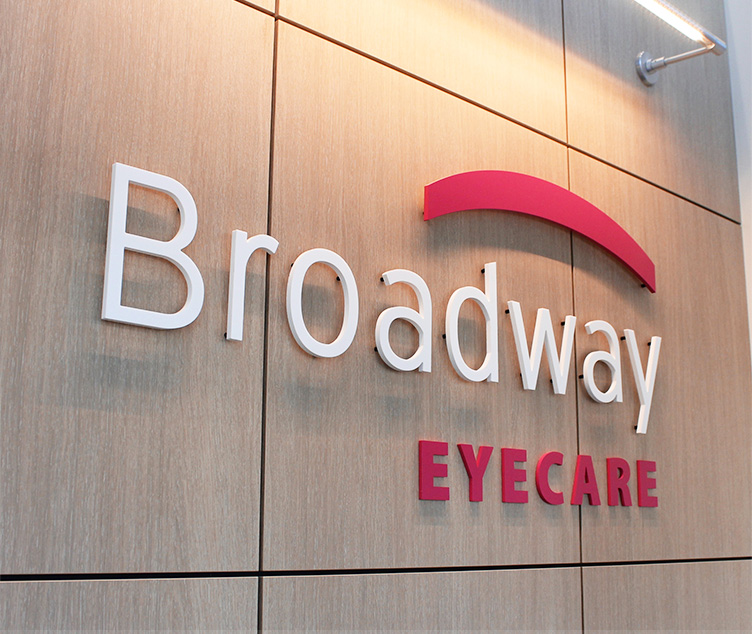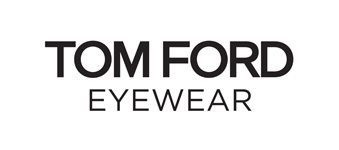Taking care of your eyesight as you age is essential. Preparing yourself for whatever conditions may come through annual eye exams can prove helpful to preserve your sight. Macular degeneration is one of the conditions your optometrist monitors for at your yearly eye exams.
Let’s explore what macular degeneration is, the different types, and if macular degeneration is hereditary.
What Is Macular Degeneration?
Macular degeneration is an age-related condition that is the second leading cause of blindness in Canada. There is currently no cure, but regular eye exams are the best way to detect age-related macular degeneration (AMD) and treat it early.
Macular degeneration is a progressive disease that can worsen slowly over time.
There are sometimes no initial visual symptoms with age-related macular degeneration (AMD) because of its gradual development, and the best way to detect AMD early and prevent unnecessary vision loss is through annual eye exams.
Your optometrist will test for AMD during your eye exam using different methods and devices. This includes Optomap retinal examination and Optical Coherence Tomography (OCT) to thoroughly assess your macular health.
Common Testing Methods
Monitoring for age-related macular degeneration (AMD) may include tools like the Amsler Grid, which is a useful test to detect progression of AMD that can search for signs that you have AMD. To use the Amsler Grid, look for lines on the grid that appear curved or wavy instead of straight. There may also be missing or blank areas on the grid in advanced cases.
Another tool your optometrist will utilize is Optical Coherence Tomography (OCT) to examine your retinal health. OCT creates a high-resolution, cross-sectional image of your eyes, allowing your optometrist to see any underlying issues.
Now that you know what macular degeneration is and some common treatment methods, let’s look at the different types of macular degeneration.
Different Types of Macular Degeneration
There are 2 types of age-related macular degeneration. Dry macular degeneration is the more common type of AMD and is thankfully less visually threatening. Wet macular degeneration is less common but is associated with more severe vision loss.
For those who develop dry AMD, it progresses slowly as you age. There is no treatment or cure, making early diagnosis vital to slowing progression. Dry AMD occurs when small yellow deposits called drusen start developing under the macula, the portion of the eye at the center of the retina that processes sharp, clear, and straight-ahead vision.
Over time, these small yellow deposits cause the macula to deteriorate and result in vision loss or blindness.
Some signs and symptoms of dry macular degeneration include:
- A reduction in central vision
- Distortion of straight lines in your field of vision
- The need for brighter lighting
- Difficulty adapting to low lights
- Blurry vision
- Trouble recognizing faces
While wet AMD shares some similar symptoms, other symptoms you may experience include:
- Blurry spots in your field of vision
- A dark spot in the center of your vision due to blood vessels bleeding or leaking fluid
- Hazy vision
- Rapidly worsening symptoms
Wet macular degeneration progresses faster than the dry form of the condition. Wet AMD is more severe as 90% of blindness caused by AMD is due to wet AMD.
Wet AMD causes irregular blood vessels to begin to grow under the macula—as a result of being irregular, these blood vessels are likely to break, bleed, and leak fluid. This process ultimately causes swelling of the macula and leads to rapid loss of central vision.
Hereditary Aspect of Macular Degeneration
The exact causes of macular degeneration are not clear. Still, AMD is affected by a combination of hereditary and environmental factors.
There has been research linking genetics to the development of age-related macular degeneration. While that research is ongoing, the overall data indicates a strong genetic component for AMD.
Along with the genetic link, some factors that may increase your risk of macular degeneration include:
- Age—AMD is most common in people over 60.
- UV Exposure—risk of developing AMD is higher for people who have had extensive UV exposure.
- Race—macular degeneration is more common in Caucasians.
- Smoking—can significantly increase your risk of developing macular degeneration.
- Obesity—Researchers have found that being obese may increase your chance of early or intermediate macular degeneration progressing to the more severe level of the disease.
Current ongoing research indicates that both genetic and environmental factors can cause AMD—the primary risk factor for both types of AMD is age.
Managing Dry & Wet Macular Degeneration
While there is no cure-all treatment for dry macular generation, good nutrition and healthy lifestyle choices can play a vital role in preventing or slowing its progression. Smoking and alcohol are big culprits linked to AMD, and quitting smoking and reducing alcohol can assist in prevention. Lifelong UV protection is also key to preventing the development of AMD.
Along with monitoring your smoking and alcohol intake, ensuring your diet is balanced with vitamins A, C, and E can help preserve your vision. Minerals such as zinc, copper, zeaxanthin, and lutein have also been linked to good eye health.
For wet AMD, 2 main treatments can help prevent further vision loss. Ocular injections of anti-vascular endothelial growth factor work by preventing new irregular blood vessel growth associated with wet AMD.
Laser surgery is another treatment option for wet AMD, where lasers target and destroy irregular blood vessels.
Early detection is crucial with both wet AMD and dry AMD.
Living With Macular Degeneration
Macular degeneration is a complex disease with ongoing research and treatment methods. Understanding the disease and learning about what causes it is a great step toward living with macular degeneration.Book an appointment with your optometrist today to learn more about macular degeneration and stay consistent with your eye exams.









